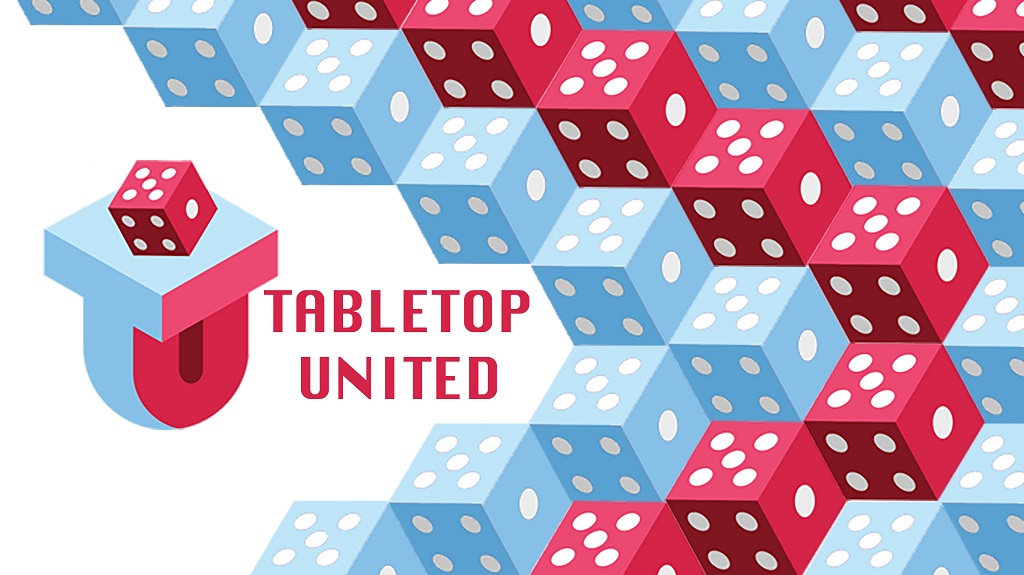
Kilowatts? Gemowatts!
Designer: Andy Van Zandt
Artist: Katie Welch
Publisher: Game Elemental
Year Published: 2021
No. of Players: 1-4
Ages: 14+
Playing Time: 10 - 60 min
Main mechanic / Theme: Market Based Drafting
Find more info on BoardGameGeek.com
Ooo shiny.
Disclaimer: Publisher provided a copy of the game for this review.
Overview:
You are tasked with generating power for the empire by constructing pylons and powering them with gems, but on top of being productive, you must also make sure your pylons are appealing to the nobility. The value of your slotted gems vary depending on color popularity, which everyone can influence. This review will be based on a 3 player competative game, but there is also a co-op and solo mode.

Gameplay and mechanics:
Fans of energy generation themes are likely to enjoy the associated mechanics of purchasing actions, market drafting, and incremental advancement. It is very tactical; that is to say you generally make decisions based on the short term board state rather than building a long term strategy towards an ultimate goal. Everything is public knowledge and the market is where you buy actions and build your hand. Players are rivals, but not direct adversaries. The most they can do is influence what options are available on the market.

Theme, Artwork and Illustration, Graphic Design and Layout
The Gemshine Pylons’ bright shiny jewel tones and video game style art give off the nostalgic aesthetic of 3-D platformer video games from the early 2000s. I am reminded of Ratchet & Clank, Spyro, Jak & Daxter, and Banjo-Zazooie. In this way, I can’t help but feel like the game cover art advertised itself towards a younger audience than would be ideal. 14-18 year olds would find the art appealing, but the mechanics feel like they would be best appreciated at 19+.
Unfortunately I did not find the game mechanics very immersive or flavorful therefore, with so little art, I was left unable to truly visualize my motivations and actions in the world. The game premise was a little too abstract and I think the product could benefit from a little more world art and much more flavor text. Why am I decorating my pylons? Is there actually anything different about the colored gems and what type of energy they make? Who are the representatives and why am I paying with representatives to add decorations? Are we competing gem tycoons, mine owners, or perhaps engineers?
I do currently have a prototype copy, which does not include either box art or much rulebook flavor art, so I say this hoping that there is more flavorful art incoming! Place the players in the world behind a welding mask, perhaps in the upper rafters of a factory, or maybe holding blueprints up to city officials to help ground the actions taken.
The cards and iconography are functional and I can appreciate their intuitiveness as a somewhat new player to the market drafting genre, but the visual style could have been more professional with a final polish step (which could very well be happening in the final production version!).

What worked:
The gameplay was balanced and tight. The actions were simple and digestible. The design of the cards helped teach and reinforce the mechanic. Very solid bones on this game. I appreciate how it focuses on the core market drafting gameplay, revolving closely around those essential interactions. Similar market based games either end up with a stale roster of options or have too many separate markets to wrap your head around.
Final thoughts:
I would definitely play this game if it was offered at a friendly game night. Slotting gems was deeply satisfying and so was putting the fancy decoration atop my pylons. It’s light, short and reminds me a lot of Splendor, not only because of the gems, but also because of the market mechanic, as well as the somewhat loose flavor criticism I hold. It could serve nicely as a warm up game to get everyone in the mood for something more complex.
Unanimous decision in my game group: It is said in the rules that player hands can either be public OR private, but we can only imagine how tedious it would be to have to keep track of every player’s hand on paper separately for no real reason (because the market is public information anyways). Definitely require the player's hands to be public.
A well balanced and widely palatable game that could benefit from a stronger "hook" and more art.

